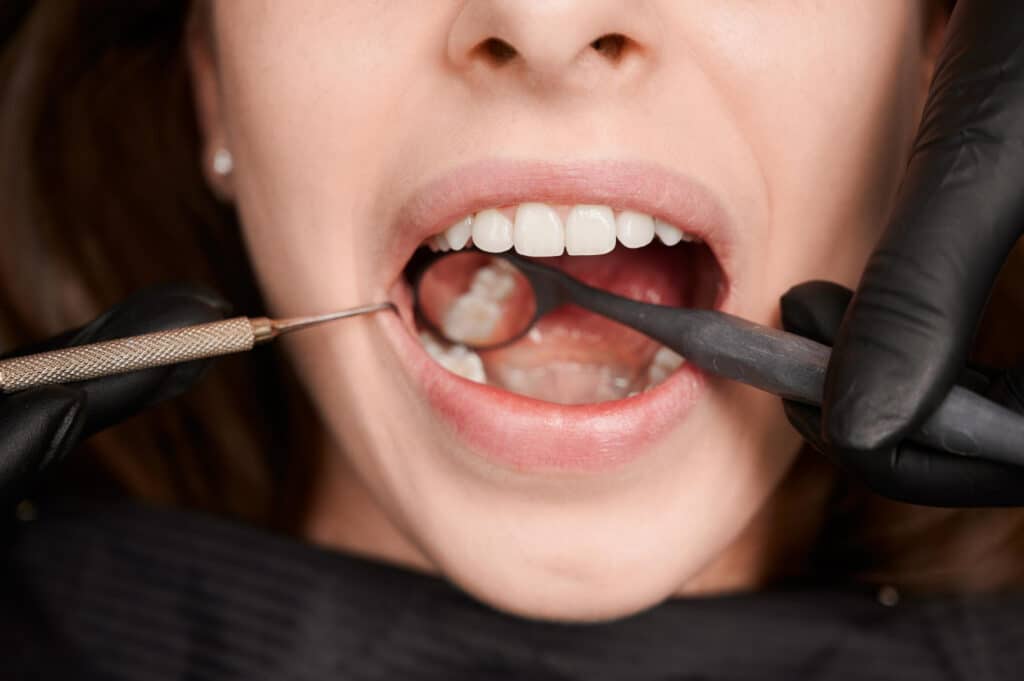Going to the dentist can be a source of anxiety for many people. The sounds, sights, and even the thought of dental tools can cause fear and nervousness. This anxiety often keeps people from getting the dental care they need. Fortunately, sedation dentistry offers a way to make dentist visits more comfortable and less stressful. Let’s explore how sedation dentistry can transform your trips to the dentist into a more pleasant experience.
What Is Sedation Dentistry?
Sedation dentistry involves using medications to help patients relax during dental procedures. This method is especially beneficial for those who experience significant anxiety or fear at the dentist. When you opt for sedation, you’ll be in a state of calm and comfort, making it easier for you to undergo necessary dental treatments.
There are different levels of sedation, ranging from mild to deep sedation. Mild sedation makes you feel relaxed but fully awake. On the other hand, deep sedation puts you in a sleep-like state, so you won’t be aware of the dental work being done. With sedation, your dentist can perform various procedures, from routine cleanings to more complex treatments like crowns and bridges.
Sedation dentistry is safe and monitored closely by your dental team. They ensure that the right type and amount of sedation are used, tailored to your specific needs and medical history. By making dental visits more comfortable, sedation dentistry helps you maintain your oral health without the stress and anxiety that often accompany dental appointments.
Types of Sedation Used in Dentistry
There are several types of sedation used in dentistry to accommodate different levels of anxiety and treatment requirements. Here are some common types:
1. Nitrous Oxide (Laughing Gas): This is the most common and mildest form of sedation. You breathe it through a mask placed over your nose. It helps you relax and wears off quickly after the procedure, allowing you to drive yourself home.
2. Oral Sedation: This involves taking a pill, usually an hour before your appointment. Oral sedation can range from mild to moderate. A common medication used is diazepam, which makes you drowsy but still aware of your surroundings.
3. IV Sedation: This type is administered directly into your bloodstream via an IV. It’s faster acting and allows the dentist to adjust the level of sedation as needed during the procedure. IV sedation usually puts you in a deeper state of relaxation.
4. General Anesthesia: Reserved for more extensive dental work, this type of sedation makes you completely unconscious. It’s commonly used for surgical procedures and is administered by an anesthesiologist.
Benefits of Sedation Dentistry
Sedation dentistry offers many benefits for those anxious about visiting the dentist. One of the most significant advantages is reduced anxiety and stress. Patients often feel calm and relaxed throughout the procedure, making it easier for them to receive the dental care they need.
Another benefit is pain management. Sedation helps to minimize discomfort during dental procedures, which is particularly helpful for individuals with a low pain threshold or sensitive teeth. This allows the dentist to perform the necessary treatments without causing any pain to the patient.
Sedation dentistry also enables dentists to complete multiple treatments in one visit. Because you are in a relaxed state, the dentist can work more efficiently and effectively. This means fewer dental visits, which is a big plus for those with busy schedules or those who simply want to get all their dental work done in one sitting.
Preparing for a Sedation Dentistry Appointment
Preparing for a sedation dentistry appointment involves a few important steps to ensure everything goes smoothly. First, have a detailed discussion with your dentist about your medical history and any medications you’re currently taking. This helps the dentist choose the right sedation method for you.
On the day of your appointment, it’s usually advised to avoid eating or drinking for a specific period before the procedure, especially if you are undergoing IV sedation. Following these instructions is crucial for your safety and the effectiveness of the sedation.
It’s a good idea to wear comfortable clothing and arrange for someone to drive you home afterward, particularly if you’re having oral or IV sedation. The effects can take a little time to wear off completely, so it’s safer to have someone with you.
Once you’re at the dental office, the dental team will monitor you closely during the procedure to ensure your safety and comfort. Following these steps will help you have a stress-free and successful visit.
Conclusion
Sedation dentistry can significantly improve your experience at the dentist. By understanding the types of sedation available and their benefits, you can make informed decisions about your dental care. Reduced anxiety, better pain management, and the ability to complete multiple treatments in one visit are just some of the advantages that make sedation dentistry an excellent option for many people.
At Pickering Dental Services, we strive to make your dental visits as comfortable and stress-free as possible. If you have dental anxiety or are curious about sedation dentistry in Ajax, contact us to learn more. We’re here to help you every step of the way!



